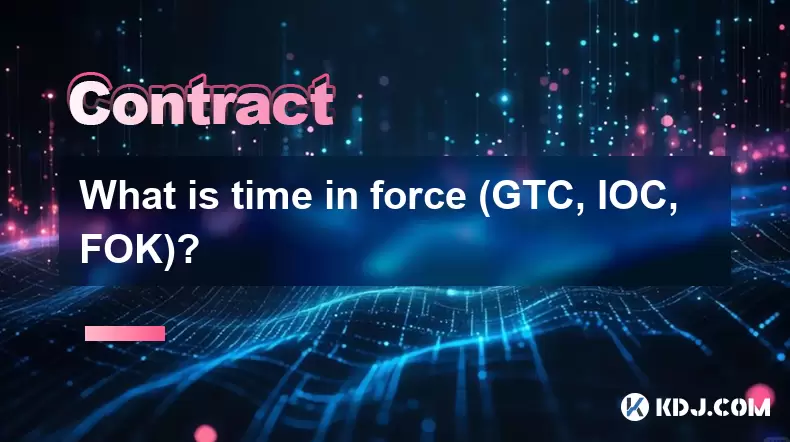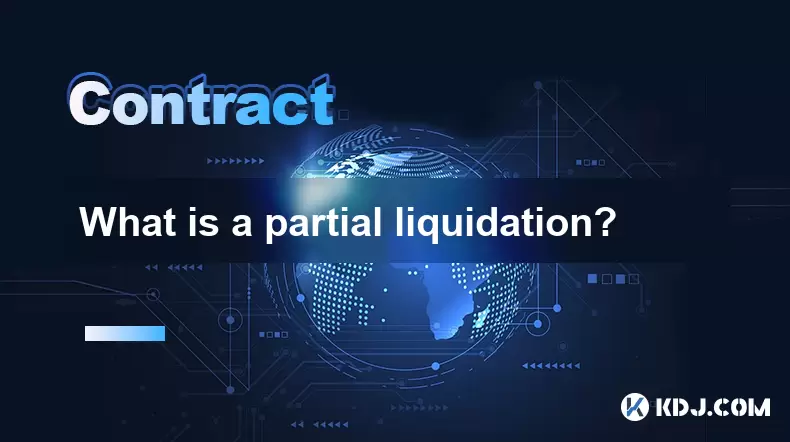-
 Bitcoin
Bitcoin $118300
-1.72% -
 Ethereum
Ethereum $3591
-0.69% -
 XRP
XRP $3.478
-3.53% -
 Tether USDt
Tether USDt $1.001
-0.01% -
 BNB
BNB $737.7
-0.54% -
 Solana
Solana $177.3
-2.40% -
 USDC
USDC $0.9999
-0.01% -
 Dogecoin
Dogecoin $0.2538
7.04% -
 TRON
TRON $0.3256
-0.85% -
 Cardano
Cardano $0.8332
-3.48% -
 Hyperliquid
Hyperliquid $44.80
-3.30% -
 Stellar
Stellar $0.4672
-6.09% -
 Sui
Sui $3.828
-5.98% -
 Chainlink
Chainlink $18.15
-3.41% -
 Hedera
Hedera $0.2655
-7.16% -
 Bitcoin Cash
Bitcoin Cash $517.5
-0.64% -
 Avalanche
Avalanche $23.89
-2.37% -
 Shiba Inu
Shiba Inu $0.00001519
-0.45% -
 UNUS SED LEO
UNUS SED LEO $8.973
0.13% -
 Toncoin
Toncoin $3.211
-2.54% -
 Litecoin
Litecoin $103.5
-3.58% -
 Polkadot
Polkadot $4.313
-3.90% -
 Uniswap
Uniswap $10.31
0.67% -
 Monero
Monero $325.4
-2.88% -
 Bitget Token
Bitget Token $5.049
3.51% -
 Ethena USDe
Ethena USDe $1.002
0.04% -
 Pepe
Pepe $0.00001346
-2.96% -
 Dai
Dai $0.9999
-0.02% -
 Aave
Aave $322.1
-2.93% -
 Bittensor
Bittensor $411.9
-4.70%
How to withdraw profits from a futures account?
To withdraw futures profits, close all positions, transfer realized gains to your spot wallet, and initiate a withdrawal after verifying the network and address.
Jul 13, 2025 at 07:07 am

Understanding Futures Accounts and Withdrawal Mechanics
In the cryptocurrency space, a futures account is used to trade contracts that derive their value from an underlying asset, such as Bitcoin or Ethereum. These accounts allow traders to speculate on price movements without owning the actual digital asset. When it comes to withdrawing profits, users must understand that these funds typically reside in the form of unrealized gains until positions are closed.
Before initiating any withdrawal, it’s crucial to ensure all open trades are settled. Profits from futures trading are not immediately liquid unless converted into stablecoins or fiat currencies. This step often involves closing long or short positions and transferring the realized gains to a spot wallet or external wallet address.
Steps to Convert Unrealized Gains into Withdrawable Funds
To make your profits withdrawable, you must first close your active positions on the futures market. This means either manually exiting each trade or setting stop-loss/take-profit orders ahead of time. Once all positions are settled, the profit will reflect in your futures account balance.
After position closure, you may need to transfer the realized profit from your futures wallet to your spot wallet within the same exchange platform. Most exchanges separate futures and spot balances for risk management purposes. This internal transfer usually takes only a few seconds and can be completed under the "Wallet" or "Transfer" section of your account dashboard.
Initiating the Withdrawal Process
Once the funds are in your spot wallet, the next step is to initiate a withdrawal request. Navigate to the "Withdrawal" section of your exchange account. Choose the cryptocurrency or stablecoin you wish to withdraw and enter the destination wallet address. Ensure that the network selected (e.g., TRC20, ERC20) matches the receiving wallet's requirements to avoid fund loss.
Some platforms require two-factor authentication (2FA) or email verification before finalizing the transaction. Always double-check the withdrawal address and network to prevent irreversible mistakes. Confirm the transaction after verifying all details.
Fees and Minimum Withdrawal Limits
Exchanges impose network fees and sometimes fixed withdrawal fees depending on the blockchain used. These fees vary based on network congestion and blockchain protocol rules. For instance, Ethereum-based transactions might cost more during peak hours compared to TRON-based transfers.
Additionally, most platforms enforce minimum withdrawal amounts to discourage micro-transactions and reduce blockchain spam. If your account balance falls below this threshold, the system will not allow a withdrawal. Always check the fee schedule available on your exchange's support page before proceeding.
Security Measures and Verification Requirements
Crypto exchanges implement Know Your Customer (KYC) procedures to comply with regulatory standards. Before approving large withdrawals, some platforms may ask for identity verification or additional documentation. Even if you've already undergone KYC, certain withdrawal limits might trigger further checks.
Two-factor authentication and email confirmation links are standard security measures during withdrawals. Some exchanges also offer whitelisting features for trusted wallet addresses, which adds another layer of protection against unauthorized fund movement.
- Enable 2FA if not already activated
- Verify your email and phone number
- Whitelist frequently used withdrawal addresses
- Monitor withdrawal history regularly for suspicious activity
Troubleshooting Common Withdrawal Issues
Occasionally, users may encounter issues like failed transactions, delayed confirmations, or incorrect network selection. If a withdrawal fails due to network mismatch, contact customer support immediately with the transaction hash for assistance. Delays can occur due to blockchain congestion or exchange maintenance periods.
Never attempt to resend the withdrawal without confirming the status of the initial transaction. Repeated attempts may lead to duplicate charges or loss of funds. In case of uncertainty, always reach out to the exchange’s support team via official channels.
Frequently Asked Questions
Can I withdraw directly from my futures wallet?
No, most exchanges do not allow direct withdrawals from futures wallets. You must first transfer the funds to your spot wallet before initiating a withdrawal.
What happens if I select the wrong network during withdrawal?
Choosing the wrong network may result in permanent loss of funds. Always verify the receiving wallet's supported networks before confirming the transaction.
Why does my withdrawal show as pending?
A pending status usually indicates that the blockchain requires several confirmations before the transaction is finalized. This process can take from a few minutes to several hours depending on network speed.
Is there a daily limit on futures profit withdrawals?
Yes, many exchanges impose daily withdrawal limits based on account verification levels and security settings. These limits can often be adjusted through the account settings or by contacting support.
Disclaimer:info@kdj.com
The information provided is not trading advice. kdj.com does not assume any responsibility for any investments made based on the information provided in this article. Cryptocurrencies are highly volatile and it is highly recommended that you invest with caution after thorough research!
If you believe that the content used on this website infringes your copyright, please contact us immediately (info@kdj.com) and we will delete it promptly.
- TRX vs. RTX: Will Remittix Overtake Tron as the Altcoin to Watch in 2025?
- 2025-07-19 17:30:12
- Bitcoin, Nexchain, and Presales: What's Hot in the Crypto Space?
- 2025-07-19 16:30:12
- Presales, ICOs, and 100x Returns: Navigating the Crypto Landscape in 2025
- 2025-07-19 16:30:12
- Binance, Yooldo Games, and Tokens: Navigating the GameFi Landscape
- 2025-07-19 16:50:12
- Floki Inu, Meme Frenzy, and the Rise of AI Platforms: A New Era?
- 2025-07-19 16:50:12
- Dogecoin, Trader Interest, and the 2025 Meme Coin Landscape
- 2025-07-19 17:30:12
Related knowledge

What is a maker vs a taker fee?
Jul 19,2025 at 01:14am
Understanding the Basics of Cryptocurrency Exchange FeesIn the world of cryptocurrency trading, maker vs taker fees are a fundamental concept that eve...

How to analyze Bitcoin futures data from CME?
Jul 19,2025 at 05:22pm
Understanding Bitcoin Futures on CMEBitcoin futures on the CME Group (Chicago Mercantile Exchange) represent a regulated financial instrument that all...

What is time in force (GTC, IOC, FOK)?
Jul 19,2025 at 08:57am
Understanding Time in Force in Cryptocurrency TradingIn the world of cryptocurrency trading, the Time in Force (TIF) is a crucial parameter that deter...

What is a partial liquidation?
Jul 19,2025 at 01:49am
Understanding the Basics of Partial LiquidationIn the world of cryptocurrency trading, especially within leveraged positions, partial liquidation refe...

How to find good entry and exit points for Bitcoin futures?
Jul 19,2025 at 05:14pm
Understanding Bitcoin Futures and Their Unique CharacteristicsBitcoin futures are derivative contracts that allow traders to speculate on the future p...

Example of a Bitcoin futures trade
Jul 19,2025 at 12:43am
Understanding Bitcoin Futures TradingBitcoin futures trading is a financial instrument that allows investors to speculate on the future price of Bitco...

What is a maker vs a taker fee?
Jul 19,2025 at 01:14am
Understanding the Basics of Cryptocurrency Exchange FeesIn the world of cryptocurrency trading, maker vs taker fees are a fundamental concept that eve...

How to analyze Bitcoin futures data from CME?
Jul 19,2025 at 05:22pm
Understanding Bitcoin Futures on CMEBitcoin futures on the CME Group (Chicago Mercantile Exchange) represent a regulated financial instrument that all...

What is time in force (GTC, IOC, FOK)?
Jul 19,2025 at 08:57am
Understanding Time in Force in Cryptocurrency TradingIn the world of cryptocurrency trading, the Time in Force (TIF) is a crucial parameter that deter...

What is a partial liquidation?
Jul 19,2025 at 01:49am
Understanding the Basics of Partial LiquidationIn the world of cryptocurrency trading, especially within leveraged positions, partial liquidation refe...

How to find good entry and exit points for Bitcoin futures?
Jul 19,2025 at 05:14pm
Understanding Bitcoin Futures and Their Unique CharacteristicsBitcoin futures are derivative contracts that allow traders to speculate on the future p...

Example of a Bitcoin futures trade
Jul 19,2025 at 12:43am
Understanding Bitcoin Futures TradingBitcoin futures trading is a financial instrument that allows investors to speculate on the future price of Bitco...
See all articles

























































































